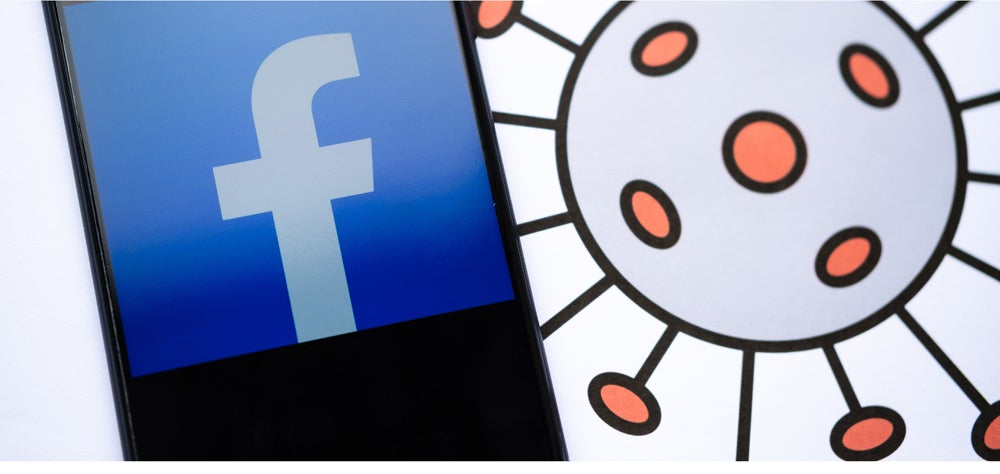Facebook is far from immune to the economic effects of the coronavirus – but it’s doing fairly well, all things considered.
The stock spiked more than 18% after hours on Wednesday on news that ad revenue grew 17% in the quarter YoY to $17.44 billion, which was better than expected.
Still, ad revenue cratered over the last three weeks of Q1, due to significantly reduced demand, correlated with a decline in ad prices.
Small and medium-sized businesses make up a large portion of Facebook’s ad revenue, and SMBs are in a world of pain right now.
The pullback in ad spend was not limited to the little guys however, said Dave Wehner, Facebook’s CFO. Gaming, ecommerce and digital were relatively strong categories, while travel and auto saw major weakness.
“The impact on our business has been significant,” Mark Zuckerberg told investors, “and I remain very concerned that this health emergency, and therefore the economic fallout, will last longer than people are currently anticipating.”
Due to the uncertainty of its business outlook, Facebook is not providing specific revenue guidance for the second quarter or full year 2020.
There’s a sliver of light on the horizon, though.
During the first three weeks of April, ad revenue was approximately flat year over year, reflecting weakness across all of Facebook’s geos but also a potential sign of coming stability. Flat is the new growth, right?
And engagement has hockey sticked during the crisis as people around the world shelter in place.
Facebook’s daily active users were 1.73 billion in March, an 11% year-over-year increase. Monthly actives were 2.6 billion up 10% YoY. DAUs for Facebook’s family of apps, which includes Instagram, Messenger and WhatsApp, increased 12% YoY to 2.36 billion, while MAUs for the family increased 11% to 2.99 billion.
But Facebook doesn’t monetize much of the engagement in its free messaging services, where it’s seeing the biggest boosts.
By the same token, Facebook inventory is a relative bargain right now. The total number of ad impressions served across Facebook’s services in Q1 was up 39% while the price per ad declined by 16%.
Performance advertisers with always-on campaigns, such as those in the gaming and ecommerce sectors, took advantage of the uptick in supply and the lower pricing to acquire users.
That’s “one of the benefits of the auction,” Wehner said.
Other takeaways from Facebook’s Q1:
Average revenue per user was up modestly in all markets. In the United States and Canada, ARPU increased from $30.12 in Q1 2019 to $34.18 this quarter.
Brand advertising is down due to COVID-19. By far the majority of Facebook’s revenue comes from direct response advertisers, and the health crisis has only accentuated that trend. “We’ve seen falloff in some of the more broad-based brand advertising right now and a focus on things that are driving direct results today,” Wehner said. “Not surprising given the economic climate.”
Ad targeting-related headwinds related to data protection regulations and platform changes are still blowing. “We’re well positioned,” Wehner said. “We’ve got a lot of first-party signals, but I think this will have a broad impact on return on ad spend.”
Monetizing WhatsApp is a “huge” and as-of-yet “untapped” opportunity, Zuckerberg said. WhatsApp has around 2 billion users and tens of millions of businesses signed up. “Ad units, like click to Messenger ads, are performing well,” he said. “All the indicators are positive.”
Facebook plans to keep investing in its platform, including hiring 10,000 additional people for its product and engineering teams by the end of the year.













